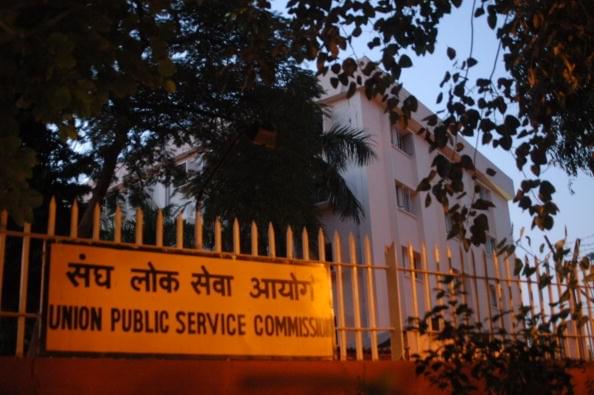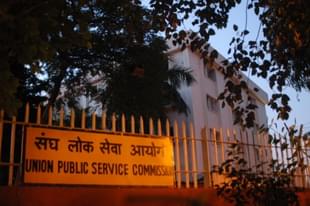News Brief
UPSC Civil Services Mains 2020 Exam GS 2 Paper Analysis - Questions Require Depth And Understanding Not Just GK
Swarajya Staff
Jan 20, 2021, 01:06 PM | Updated 01:06 PM IST
Save & read from anywhere!
Bookmark stories for easy access on any device or the Swarajya app.


In the last part of this series, we discussed the General Studies -1 paper of the UPSC Civil Services (Main) Exam (CSE Main) 2020. You can read it here. In this part we shall discuss the General Studies - 2 (GS-2) paper.
The total candidates allowed to appear for UPSC Main exam are around twelve to thirteen times the number of the vacancies. For UPSC 2020, the total number of vacancies was 796 so accordingly around 10 thousand candidates would have given the UPSC Mains 2020.
GS-2 paper analysis
The GS-2 paper covers polity, governance, policy, international affairs and Indian foreign policy, The syllabus is vast and a healthy mixture of current affairs and the usual suspects. This years paper should be counted as leaning to the ‘tough’ side as questions for more specific than general and required in-depth understanding.
For example, the questions on incidence and intensity of poverty in the context of United Nations Multidimensional Poverty Index Report; the centralising tendencies of Indian constitution exhibits in the perspective of the Epidemic Diseases Act, 1897; The Disaster Management Act, 2005 and recently passed Farm Acts, etc.
A lot many questions in the paper required imaginative thinking and “connecting the dots”. For example, the questions on how cooperation, competition and confrontation have shaped the nature of federation in India; the role of Indian diaspora in the politics and economy of America and European Countries, etc.
Some questions couldn’t be done without an in-depth knowledge. For example, the questions on challenges of PRIs beyond ‘funds, functions, functionaries’; how from a ‘useless Stepney tyre’ to the most useful supporting organ, etc.
Some questions could be counted as the “usual suspects” as they have had been in the news for many years now, for example, judicial overreach, civil services reform, role of the Speaker etc. However, even the questions on these topics demanded more value than general understanding of the issue.
Certain questions were specific but could have been prepared in advance given their dominance of the news cycle before exam. For example, the question on WHO, National Education Policy 2020 etc.
Lessons learnt
This year’s GS-2 paper is troubling for the candidates because it posits that along side breadth, depth and understanding is also important. Candidates who would have studied all the topics in the questions above, but only in general terms, wouldn’t have been able to write good answers.
The paper’s clear message is that a candidate doesn’t just need to know the topic but know it well enough to connect with other issues concretely. The added challenge is that a candidate has very less time to do everything in the exam.
Now, how should a candidate change her strategy to ace this paper?
The advice we gave for the GS-1 paper in the previous part applies here as well. Candidates who study ‘mindfully’ stand to benefit. One should always think of the questions that can come while studying the syllabus, and practice new forms of questions, out of the box questions. These should not be ignored thinking “these type of questions don’t come”.
The preparation should focus more on the current affairs as opposed to the static - coaching materials etc. The trend shows that a dynamic preparation is required which prepares the candidate for out of the box thinking. Practice makes perfect, but candidates should maintain balance and do cost benefit analysis so that their preparation is not lopsided.





